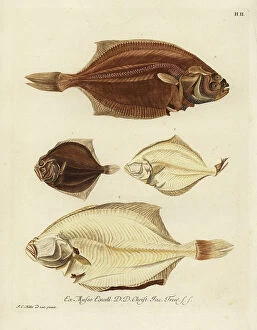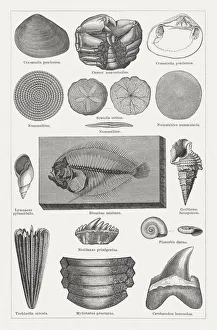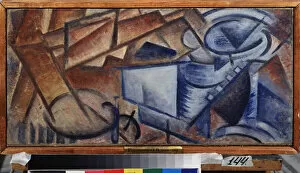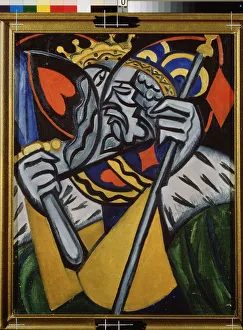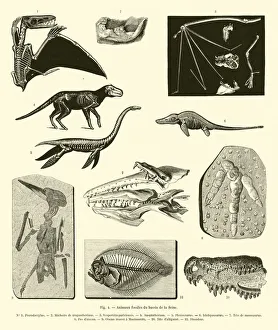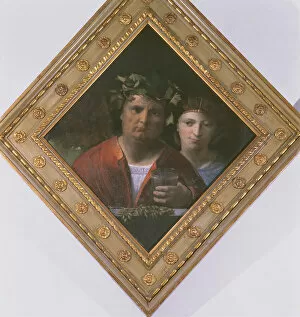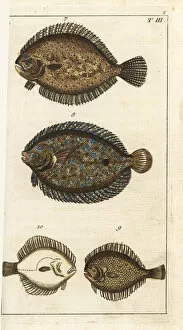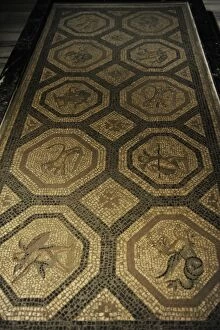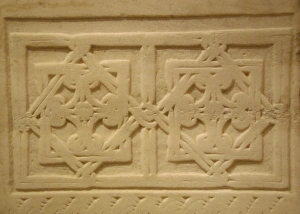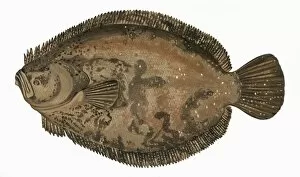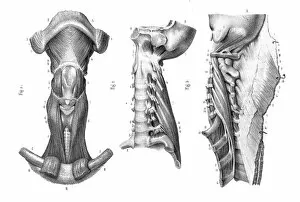Rhombus Collection
The rhombus, a geometric shape with four equal sides and opposite angles, has left its mark in various forms throughout history
All Professionally Made to Order for Quick Shipping
The rhombus, a geometric shape with four equal sides and opposite angles, has left its mark in various forms throughout history. In Italy's ancient city of Pompeii, the House of the Wild Boar showcases intricate rhombus patterns adorning its walls, serving as a testament to the timeless appeal of this shape. Even in the world of paleontology, rhombuses have made an appearance. Tertiary fossils discovered in Italy reveal nature's fascination with this symmetrical figure. Wood engravings published in 1878 depict these fascinating findings and provide us with a glimpse into prehistoric times. Moving on to art, Olga Vladimirovna Rozanova's paintings capture the essence of abstractionism in early 20th-century Russian art. Her work "Nature morte" portrays vibrant colors and bold shapes like simultaneous representations of the king of hearts and diamonds - both depicted as rhombuses. Not limited to artistic expressions alone, rhombuses also find their place among scientific illustrations. Engravings showcasing fossilized animals from France's Seine basin highlight their unique diamond-like form. Allegorical figures often incorporate symbolism through various shapes including the rhombus; they represent concepts beyond our physical realm while adding depth to visual storytelling. In marine life too, we encounter species that bear resemblance to this distinctive shape. The turbot fish and peacock flounder exhibit patterns resembling a rhombus on their bodies, captivating observers with their natural beauty. The mosaic artwork found within Piazza d'Oro captures attention with its intricate details - including delicate arrangements forming mesmerizing rhombus motifs that add elegance to public spaces. Delving into history once again reveals how even political events can be intertwined with this geometric wonder. A conscription souvenir from 1848 features colored engravings depicting soldiers arranged in formations reminiscent of overlapping rhombi during turbulent times.

